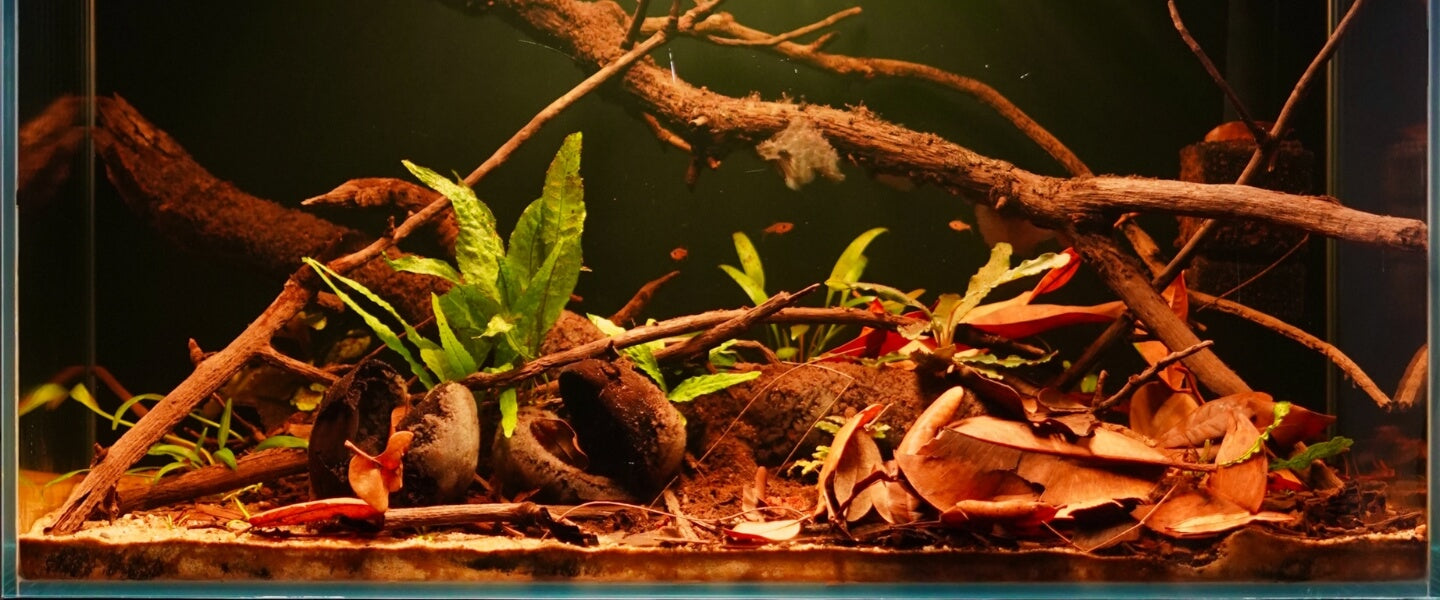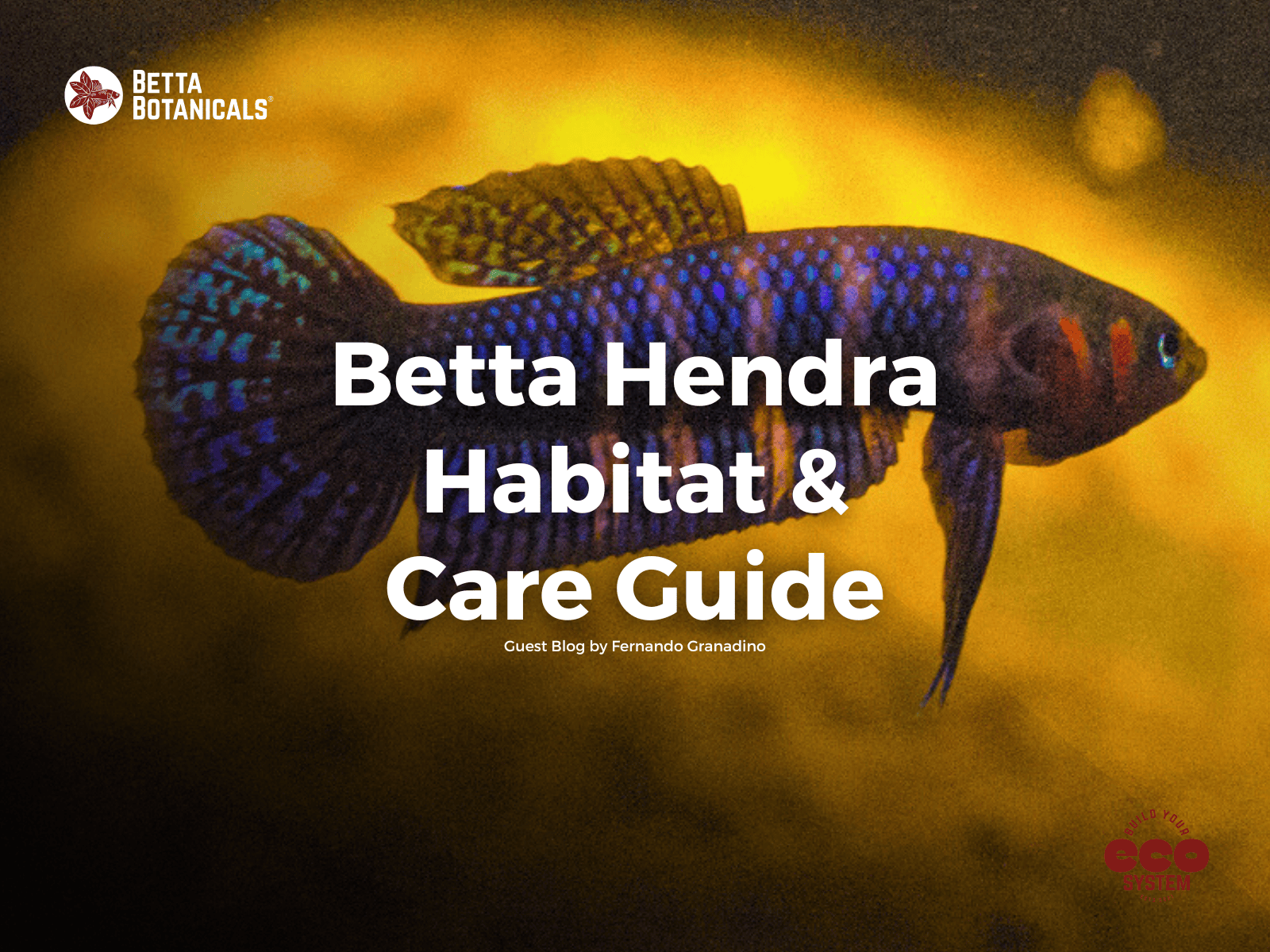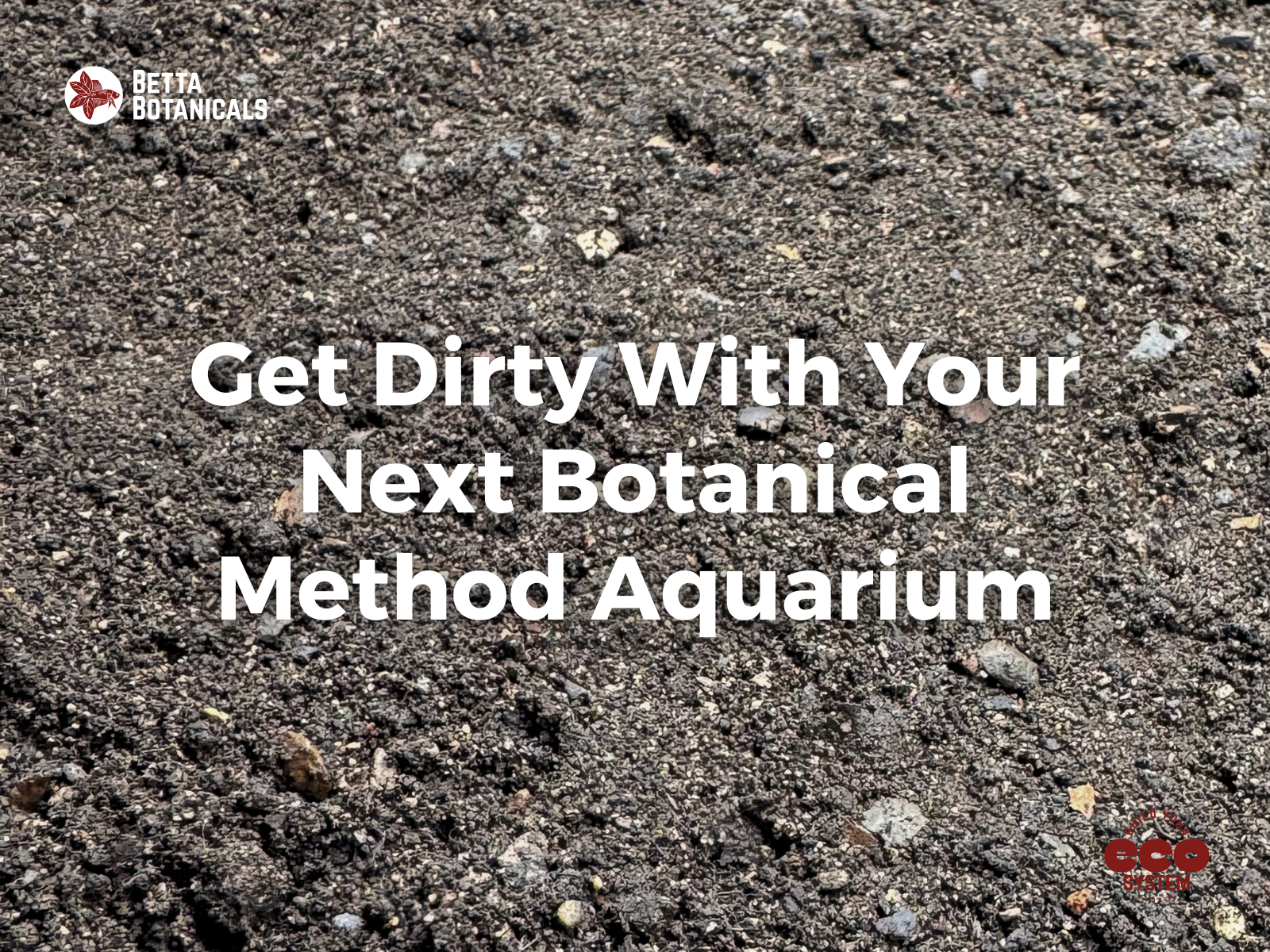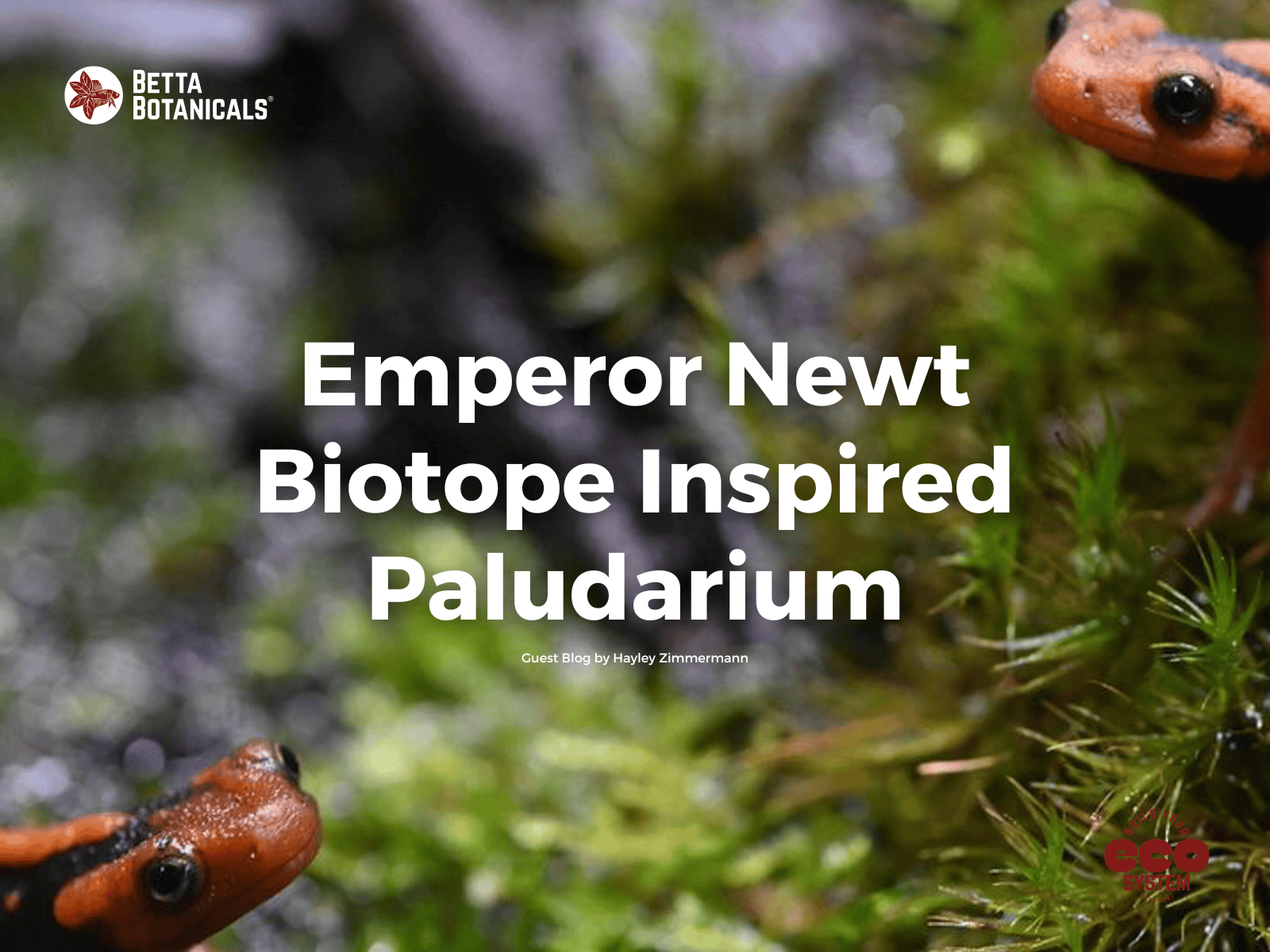Ben’s Aquarium Blog: A Journey Through Botanical Aquariums
Founded on July 1st, 2021, Betta Botanicals began with a mission to provide accessible education on botanical method aquarium keeping. This blog—Ben’s Aquarium—is named after my personal aquarium journey and serves as the home base for deep dives into topics like blackwater, biotope, and planted aquariums, vivariums, and more.
Unlike my quick clips on TikTok or Instagram Reels, this space gives us room to go beneath the leaves—to explore not just what to do, but why it matters. From detailed botanical prep guides to ecology-driven aquarium design, I hope these posts help you see your tank not as a display, but as an evolving ecosystem. You’ll also find behind-the-scenes insights into how we test new botanicals before ever offering them for sale.

Our first post speaks close to home; Why my company, Betta Botanicals and BensAquariums, is here in the first place.

The Roots of This Leafy Obsession
Ever since I was a child, maybe 3 or 4, and able to wander streams with a dip net, my grandfather has been immersing me in the natural world. As a lifelong biology teacher, his enthusiasm shaped mine. My earliest memories are of plunging dip nets into cloudy New England streams, catching tadpoles, and learning about bladderwort—a seriously cool carnivorous plant.
These early adventures planted the seeds for everything I do today. His lessons laid the groundwork for what would become a lifelong pursuit of natural ecosystem building.

Fieldwork in action: Observing streambed structure and organic accumulation firsthand helps us better understand how nature layers botanical inputs—and why we replicate this process in our aquariums.
From Dirted Tanks to Science-Backed Systems
By age six, I had my first aquarium. That one tank quickly became nine, filled with community fish and breeding angelfish which I sold to local shops around Seattle. My fake plants turned into live plants. Gravel gave way to sands, aquasoils, and sediment-rich substrates.
My first attempt at a Walstad-style dirted tank opened my eyes to how much was possible. The more I learned, the more I realized how overlooked biological processes were in most hobby setups.
In college, I studied environmental science at Western Washington University. When I returned to the hobby after graduation, I started small with a Fluval Spec 5-gallon and a few catappa leaves. I thought I was advanced—until I stumbled on @kj_the_aquarist on Instagram.
Everything changed. I wasn’t just building aquariums anymore. I was building ecosystems.

Why Betta Botanicals Exists
That discovery set me on a new path—one that eventually led to the founding of Betta Botanicals. One viral TikTok (throwing away my aquarium plants) catapulted a new mission: creating a resource for aquarists who want to work with nature, not against it.
Our community has grown into something much bigger than I imagined. I’m still learning, always experimenting, and building alongside you. And that’s what this blog is all about.

Sword plants like these thrive in a dirted base, where enriched substrates mimic the nutrient layers of wild floodplains.
Keep Exploring the Leaf Litter!
If this story speaks to you, start with my favorite blog post, The Botanical Method Aquarium, or check out our curated collection of aquarium-safe botanicals. Whether you’re recreating a Southeast Asian peat swamp or testing your first leaf litter, I hope these resources inspire your next big ecosystem breakthrough.
My learning hasn’t stopped. And I hope yours never will either!








Inspire your friends:
A Guide to Acclimate Fish to a Botanical Method Aquarium